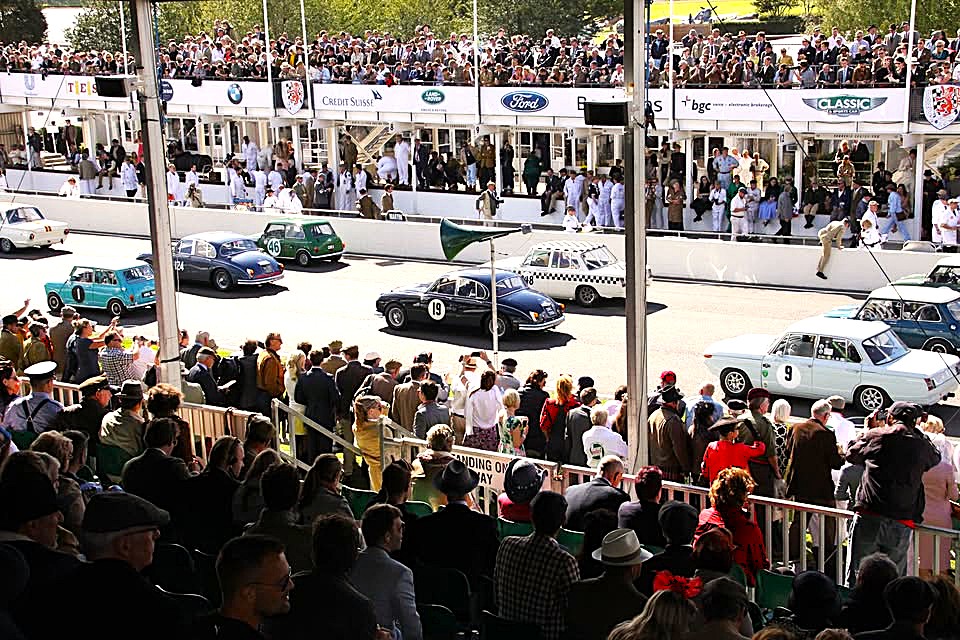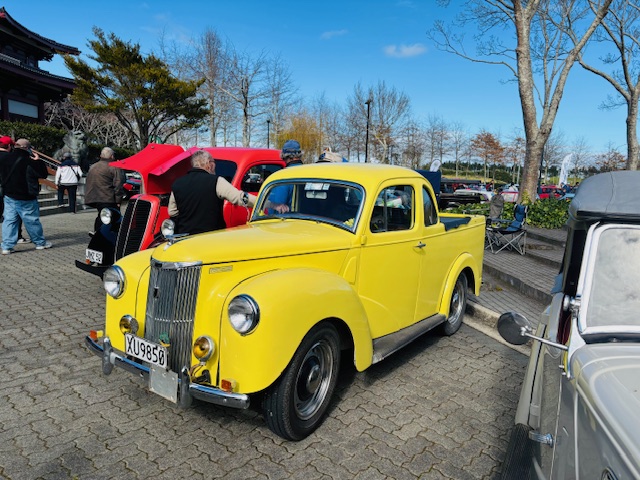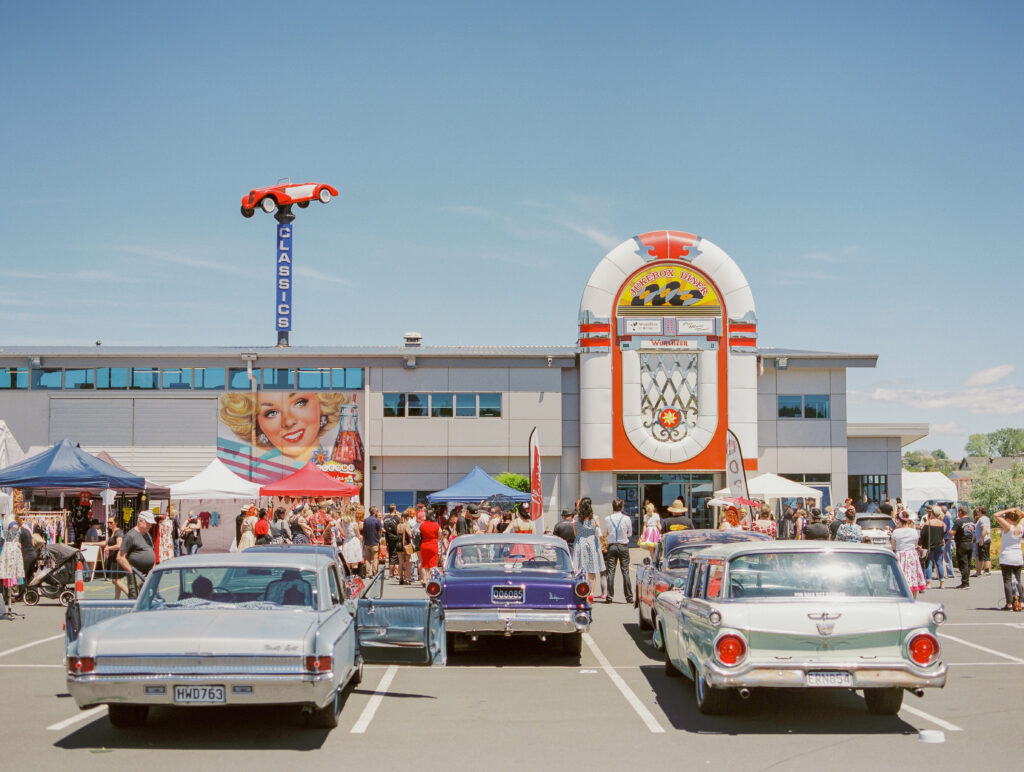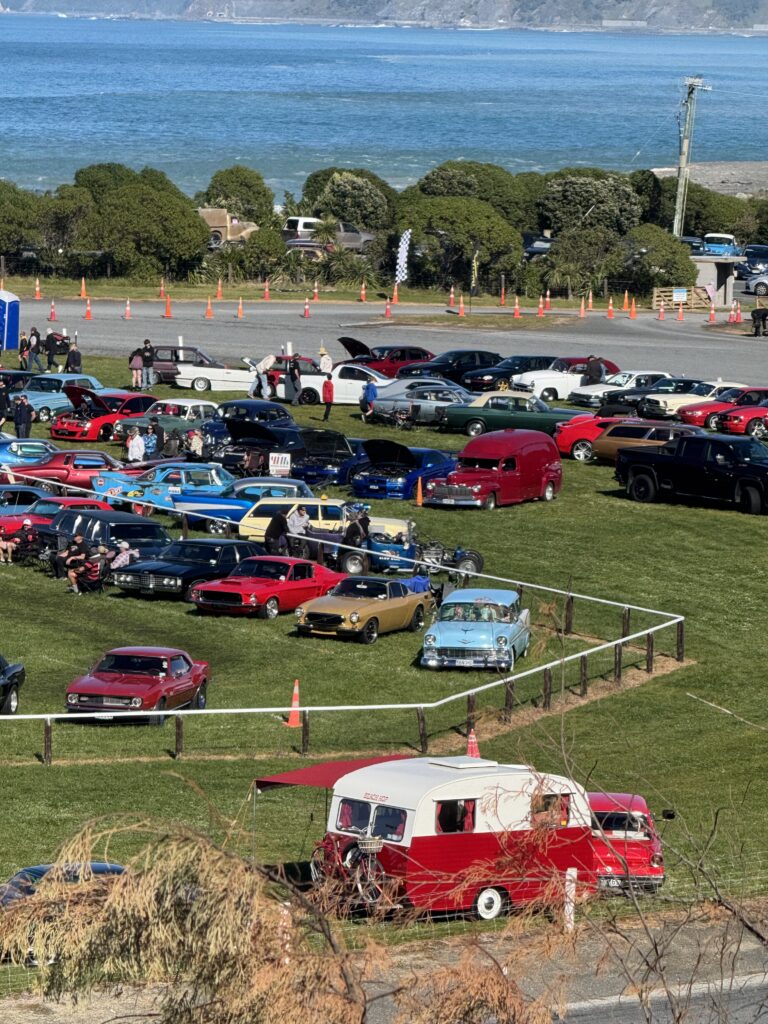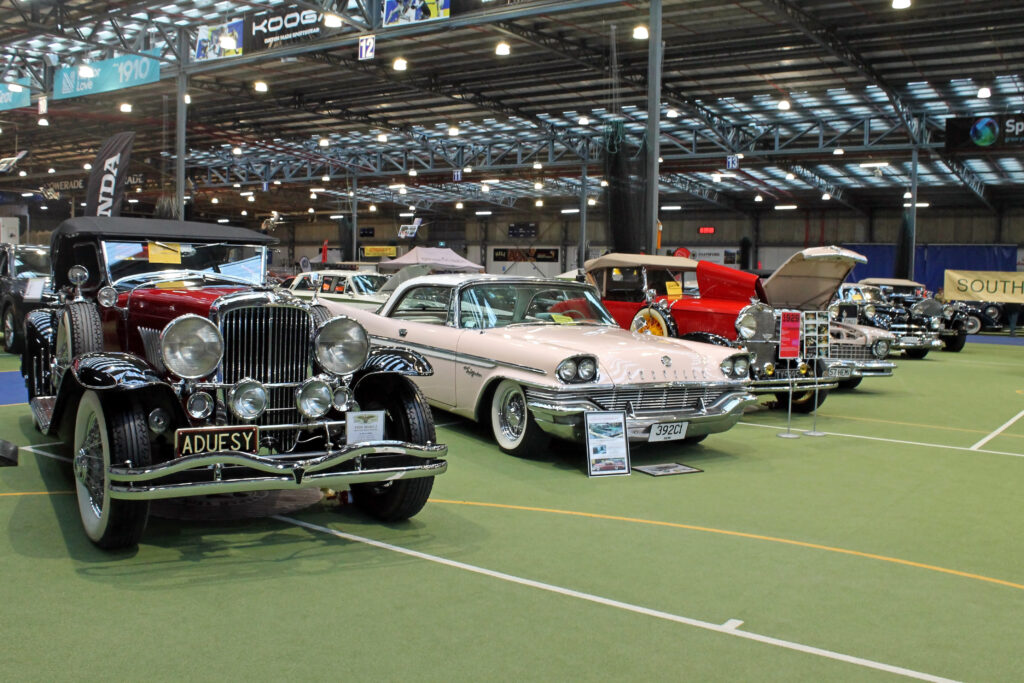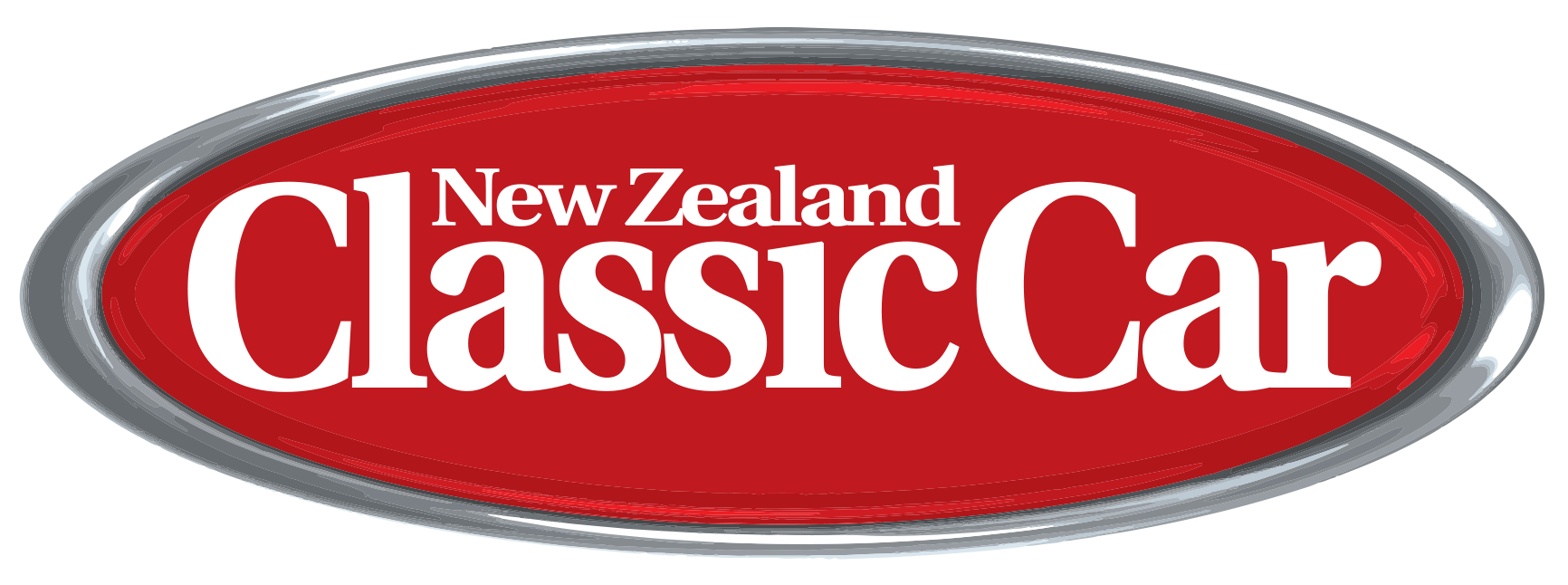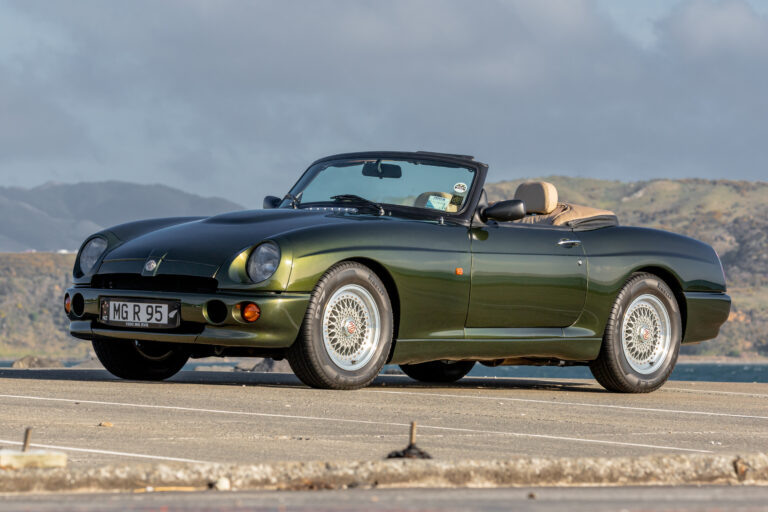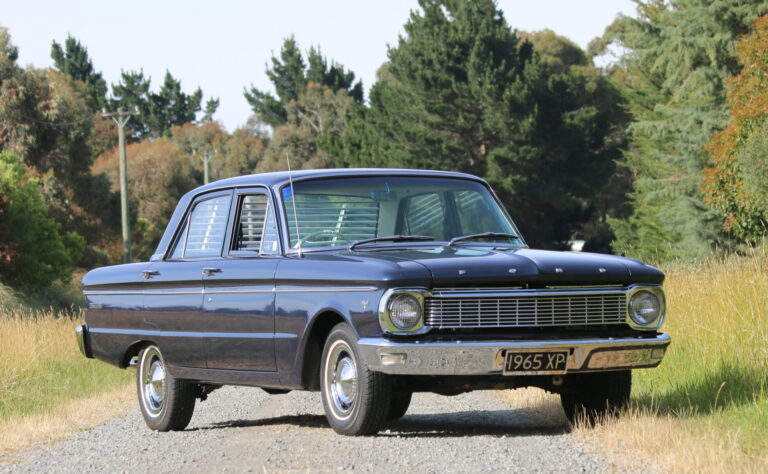Circuit racer to show stopper
A one-time racing saloon gets a new lease on life
Hugely popular back in the day, and European champions, Ford’s Capri is still a popular and competitive racing saloon, so to find one turned back into a pristine road car is rare indeed.
Loburn’s rolling hills and river plains in North Canterbury are renowned for their fruit-growing areas, and also have some great driving roads, perfect for enjoying the long-legged cruising Ford Capri featured here.
Since the Christchurch earthquakes, the area has become a sought-after lifestyle region. Toby and Donna Dimmock moved to the area a short time ago, and they enjoy the laid-back, sunny lifestyle of the region in their new home, which features a generously sized garage and sheds, perfect for a couple of gleaming classics. They are best known for their 1972 Holden HQ Monaro LS, a show-winning car that serves as their big, comfortable country cruiser when driving to car shows. However, their 1974 Ford Capri Mark 1, GXL 3 Litre, is something special with an unexpected background, quite at odds with its amazing current condition.
Don’t forget that this edition also comes with our FREE huge wall poster; this issue is of a trio of Lamborghini Diablos.
To purchase a copy of this magazine, head here to our own online shop
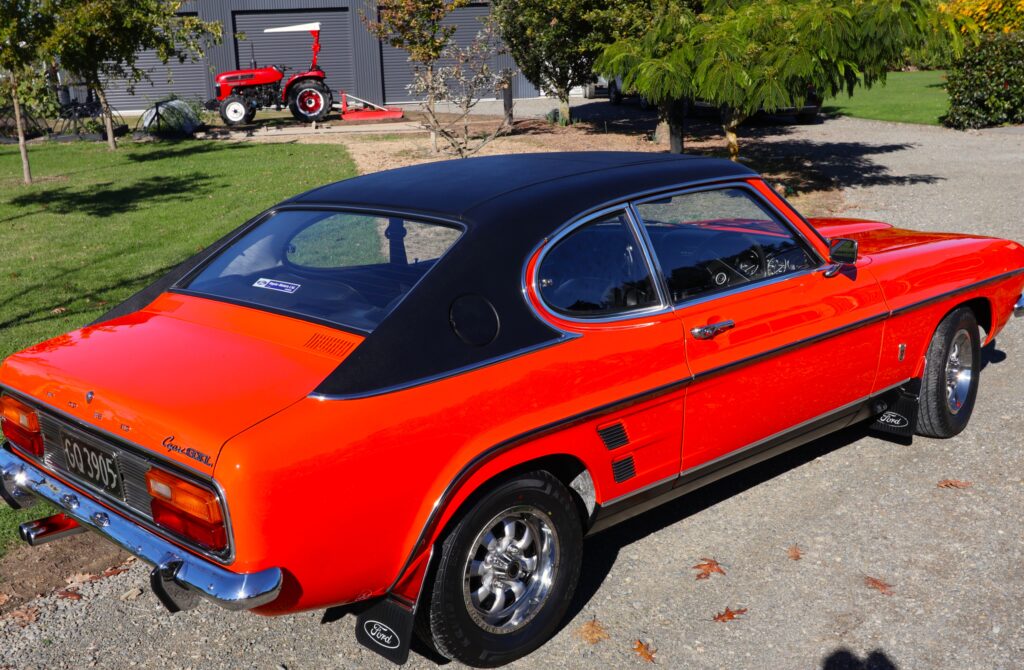
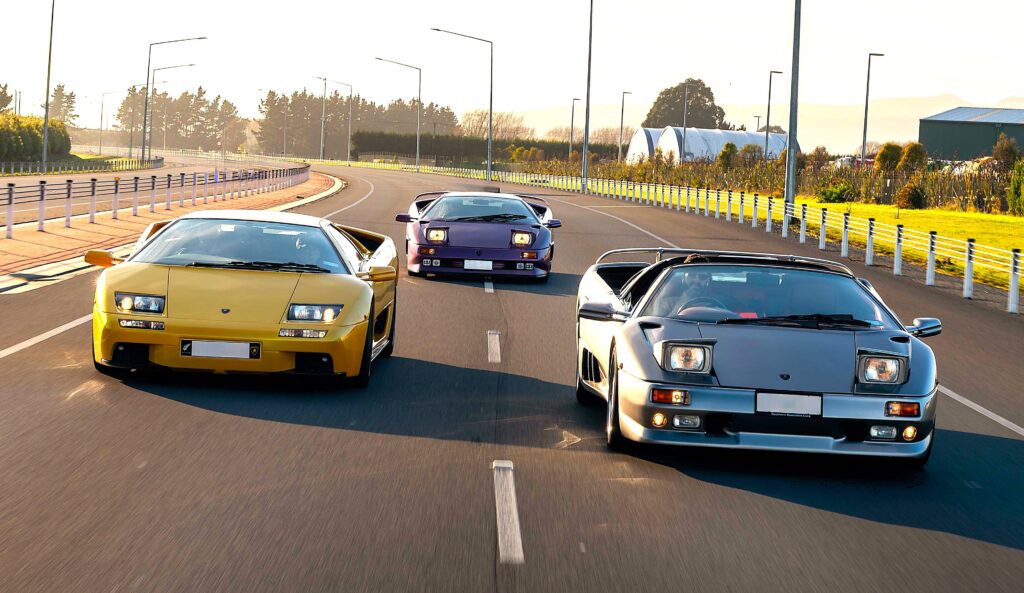
In Tune With Miranda – 1990-2001 Lamborghini Diablo Trio
There are certain moments in life when it dawns on you – often quite suddenly – that you are, in fact, living the dream!
In disbelief, I found myself in the company of not one, not two, but three exceedingly rare Lamborghinis, all of them stunning examples of the iconic Diablo. It was a bucket-list moment, the kind of scene that makes your inner ten-year-old squeal louder than your actual adult voice ever could.
Hanging out with that trio of raging bulls felt a bit like being backstage at a rock concert with the band you plastered all over your teenage bedroom walls (Duran Duran for me) – except these idols were shinier, faster, and smelled faintly of petrol instead of cigarettes.
Over the last few years, you’ve probably noticed the way classic cars have been shooting up in value. It’s like the stock market, only a lot less boring (from my perspective anyway).
While most classics have grown in value, certain models have reached almost celebrity status in the eyes of collectors.
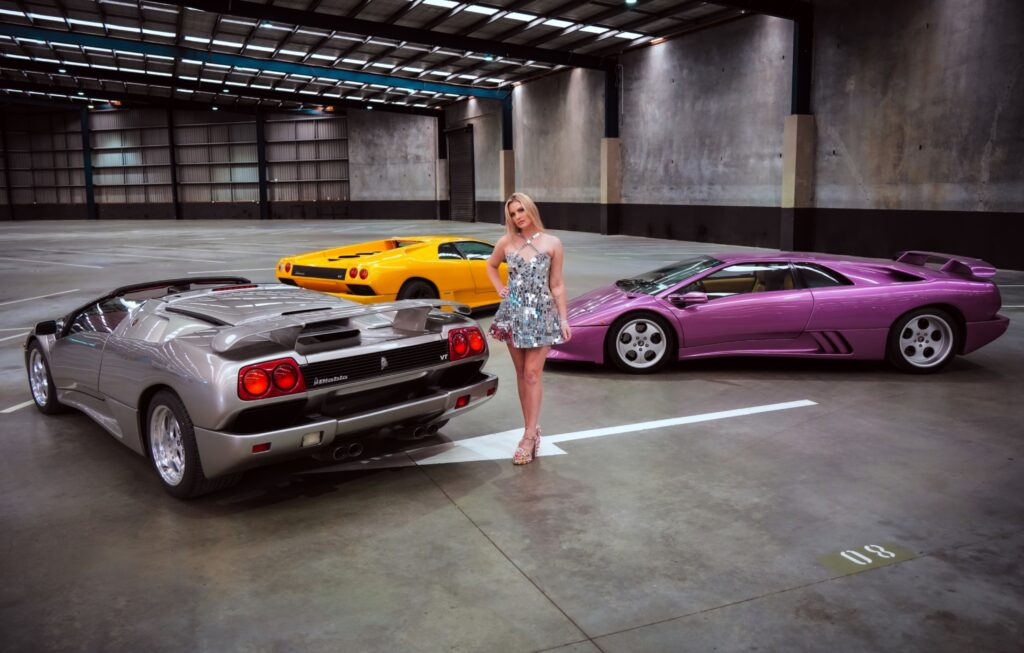
The Unexplained – 1962 Jaguar Mark II, 3.4-litre, Part 1
Auckland music producer Larry Killip immersed himself in the swinging ‘60s of Beatlemania, part of an era of pop icons, from fashion design to music. The decade closed with the first man landing on the moon, influencing a flurry of futuristic automotive design in the US. The British typically went for a more fluid and traditional bodyline, setting new standards of design, performance and reliability with Jaguar, becoming one of the best known style icons.
When the Fab Four touched down on our shores, they triggered a youthquake that woke the city from its slumber. Like so many young musos at that time, Larry and his bandmates rode the ensuing creative wave, surging in from suburban garages to the burgeoning live scene in the city centre. One big gig stood out for Larry, and not just for the music.
“It was The Human Instinct. A great band,” he says, “Their drummer and vocalist Maurice Greer looked the part, a real showman. When he drove up in a ‘68 white E-type, I thought, Oh my God! It was from then that I developed a secret desire for a Jag.”
The circumstances in which Larry would later find himself settling on his 1962 Mark II were not exactly rock and roll.
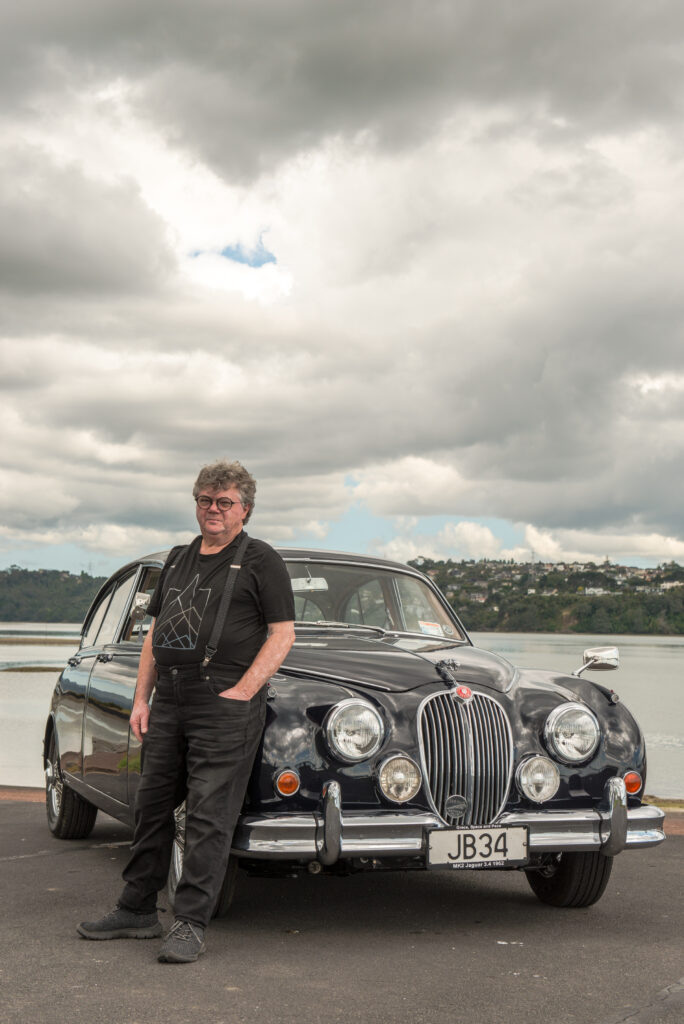
Make a date with Ayrburn Classic 2026 – 20-22 February
Organisers are excited about the strong response to entries for the 2026 Ayrburn Classic, with some classes already fully booked. Don’t miss out on a chance to be at this world-class event this summer.
Spaces are filling fast in both the Ayrburn Classic and Show Field classes, with other categories rapidly approaching full capacity. There is little doubt that 2026 will see this world-class event becoming New Zealand’s most exciting festival of motoring.
If you have been considering an entry, then contact the curator of exhibits, Jonathan Paape, now: [email protected].
Join us and immerse yourself and your family in the stunning alpine vista of Queenstown and be entertained by the welcoming attractions of the Ayrburn Precinct. Savour the fresh mountain air and absorb the amazing alpine backdrops to a glittering display of motoring classics, customs and motoring history seldom seen together in one relaxing park-like setting that is Ayrburn Precinct.
The food is amazing, and you can take a break, sit back and enjoy its restaurants and bars catering for all tastes, or chill out on The Dell and enjoy the classics slowly cruising past. Ensure that you stay and enjoy the evening entertainment. Time is irrelevant at Ayrburn!
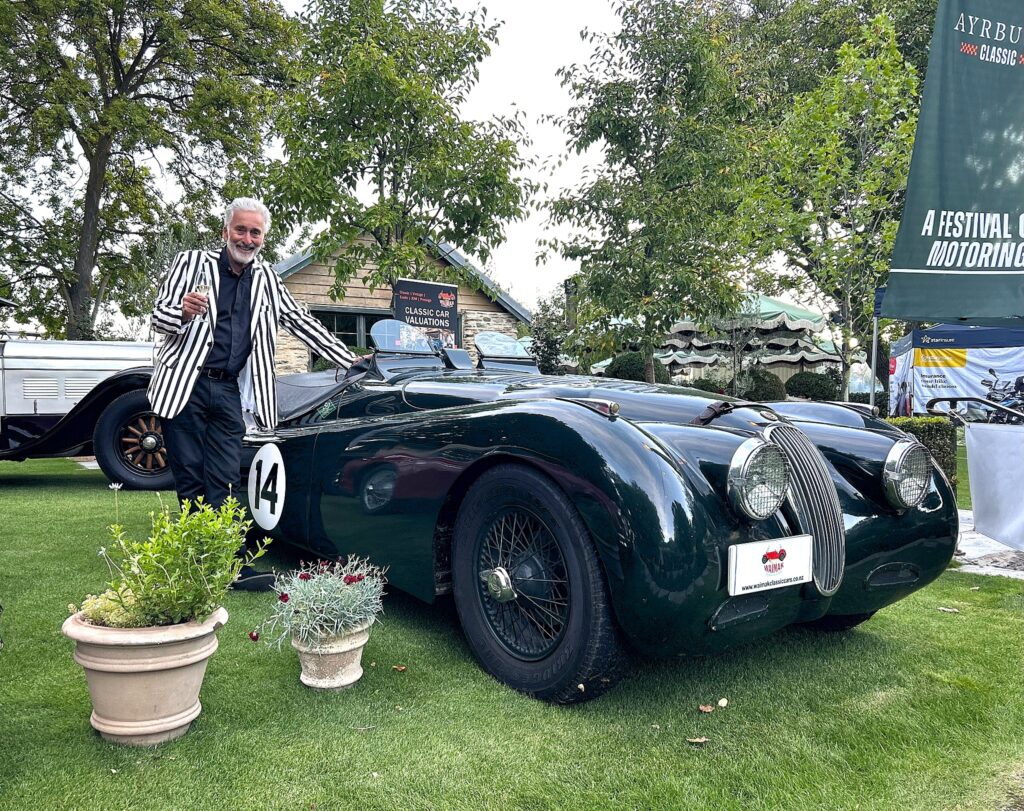
Dino, bellissimo – 1977 Ferrari Dino 308 GT4
Forgotten, bewitching Ferrari, and a driver’s delight
Frowned upon by the Tifosi when first launched in 1974, the Dino 308 GT4 acquired an undeserved reputation, seen as not a true Ferrari road car. The little Bertone wedge soon silenced its detractors with its capability as an excellent handling road and track car, and a 2+2 design layout that would influence Ferrari’s thinking for decades
After nearly 50 years of looking after teeth, retired dentist Alistair Reekie is enjoying spending more time working with his eclectic garage of classics. Earlier this year, he and his son Nick decided that it was time to devote some serious attention to Alistair’s long-serving, red 1977 Dino 308 GT4, a car he’s owned since about 1979 and enjoyed immensely.
“I bought it in Auckland and drove it home to Invercargill. It’s not a Pininfarina; it was designed by Bertone, and it’s similar to a lot of Fiats. It was always considered the ugly one, but I thought, you know, you look at them, and boy, they got it right. It’s like a Fiat X/19, but bigger. Even the door handles look like they came from a Fiat.”
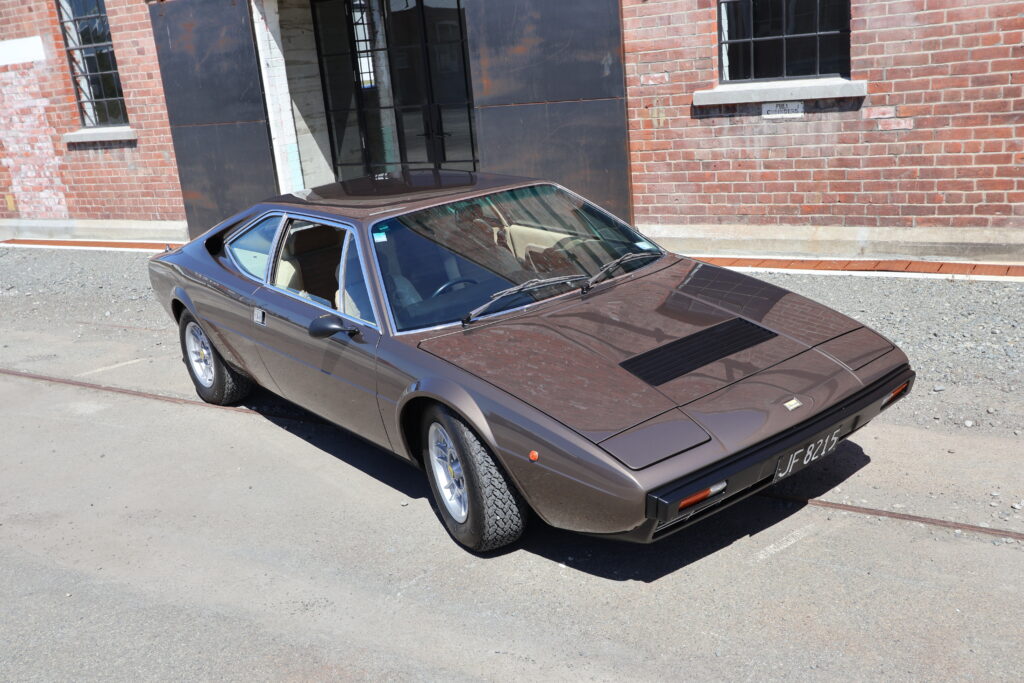
Shelby heaven-part 2
From Le Mans to Daytona, the Shelby legend lives on in today’s Shelby American’s US operation, building Ford high-performance cars and trucks. A must-see on any bucket list is a visit to the Colorado Shelby Museum. Vaughan Wilson concludes his tour of this famous museum.
A Falcon drag car and a Ford Thunderbolt are sitting nearby. The 1964 Thunderbolt is a Ford drag car with a 427cu in V8 sitting in a lightweight Fairlane. Further weight was shed by removing anything ‘unnecessary’, and glass was replaced with plexiglass. The cars were street legal, but only barely. Only one was made in 1963, 100 in 1964 and 2-cars in 1965, making this one of the rarest Fords. This car helped Ford win the NHRA in 1964 with times in the 11-second range and with around 500bhp.
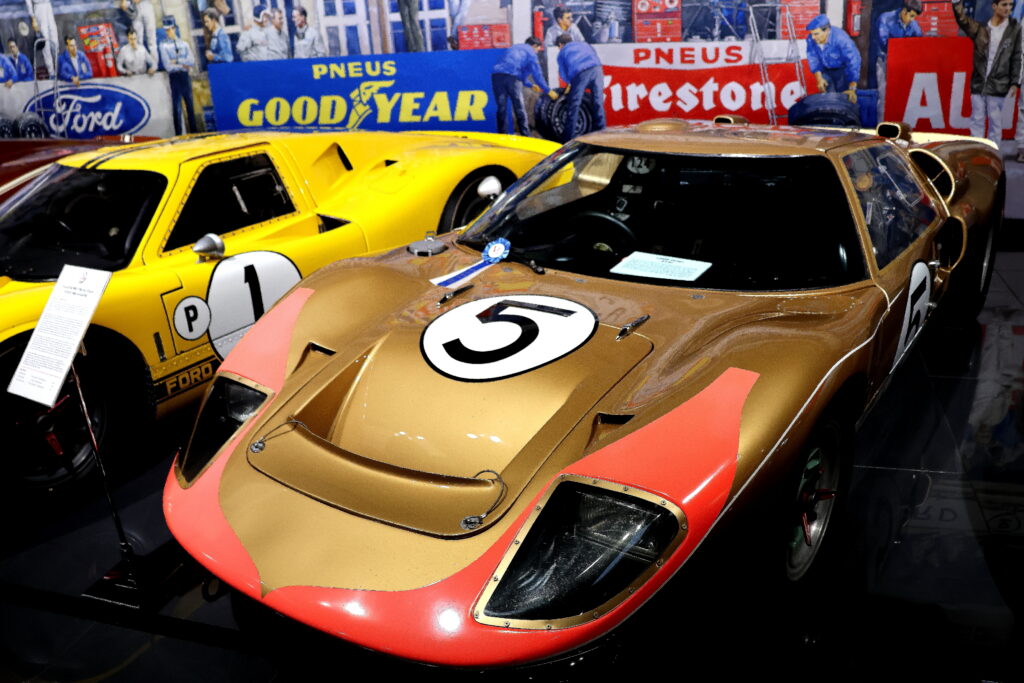
The cars are the stars
The cars of film and TV shows
It truly is amazing what Cinema and TV can do for a car and make it a star.
In Christchurch, it was the turn of the cars to raise money for the Child Cancer Foundation.
Sure, vehicles have featured on celluloid for as long as people have been making movies, but what is more unique is when a car generates just as much, if not more, fan mail and awe over its flesh-and-blood co-stars.
For many, the most iconic era of cars from film and TV was the ‘70s and ‘80s. During this period, people sat glued to their screens ready for the next episode of shows like Knight Rider, The Dukes of Hazzard, The A-Team, Starsky and Hutch, Magnum PI, Miami Vice and Scooby Doo, or headed to the local picture theatre and caught flicks like Back to the Future, Ferris Bueller’s Day Off, The Love Bug, The Blues Brothers or Smokey and the Bandit.
Seeing the vehicular stars of these pop culture TV and Movie favourites is often few and far between, but for an afternoon in Rolleston, fans were able to attend a gathering of some of the most iconic cars from Film and Television in one place, and all for a good cause.
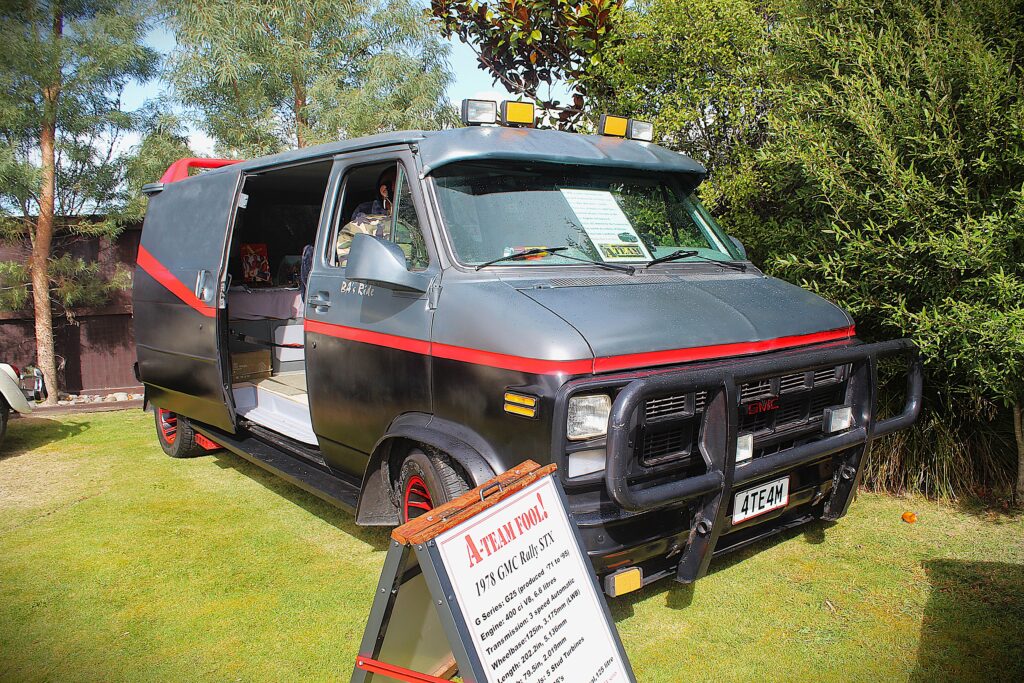
Price On
Road User Charges (RUCs) for classic vehicles
When I first started writing for NZ Classic Car back in 1995, we were in the middle of the unleaded petrol fiasco.
Many of you will remember that it had catastrophic consequences for many classic cars and motorcycles that were never designed to run on unleaded petrol. The whole debacle was made worse by the initial new unleaded petrol being something like 58% Toluene (an additive to boost the octane rating), which also caused the rapid deterioration of rubber parts, which in turn caused vehicle fires, as petrol leaked onto hot manifolds.
At the time, statistics were trotted out that indicated petrol fires were no greater in number once the dreaded unleaded was foisted upon us than before, but knowing what I know now, we were simply hoodwinked by vested interests to limit liability.
Our then Transport Minister hardly knew what day it was at the time, and it made for entertaining television viewing. In one television programme I was involved with, I suggested to the producer that it was a bit unfair for them to have used the worst of the clips involving the faltering minister, but I was amused when told, “They were actually the best!” Interestingly, too, was the fact that many of the petrol company financial settlements were ‘gagged’!
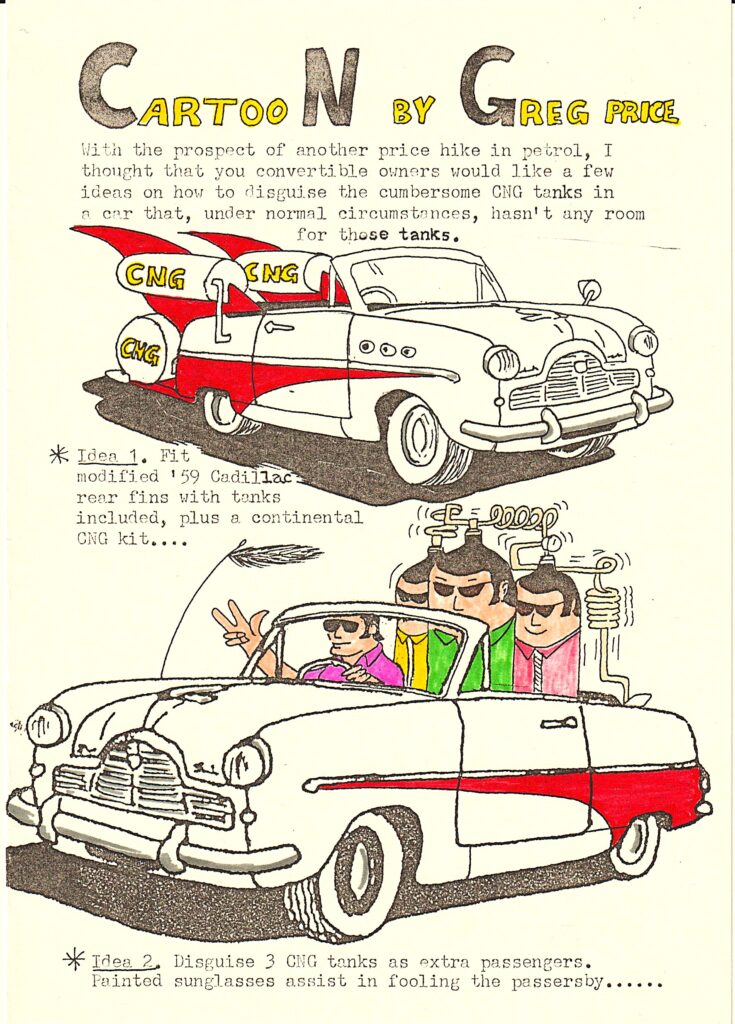
When history comes to life
Motorsport in the ‘50s and ‘60s paved the way for iconic drivers, iconic cars, and some of the most iconic pub yarns you will ever hear. Lenny Gilbert was a capable local driver in those decades, a friend especially to our own Bruce McLaren and Chris Amon.
Marques like Cooper and Maserati are stalwarts in motorsport history, yet, when you add names like ‘McLaren’ and ‘Amon, that just makes them all the more special. Bruce and Chris are iconic names in New Zealand.
There is one other lesser-known person who was unwittingly woven into the fabric of these legends’ early motorsport careers, that you probably never heard of. For Lenny Gilbert, history never looked like history as he was simply living through it. Ironically, he would find himself playing a small part in writing it.
Lenny Gilbert’s love affair with cars started when his brother Harry taught him to drive at an early age. After Lenny returned from service in the Second World War, he quickly realised that the Army had taught him absolutely nothing useful for civilian life other than how to drive.
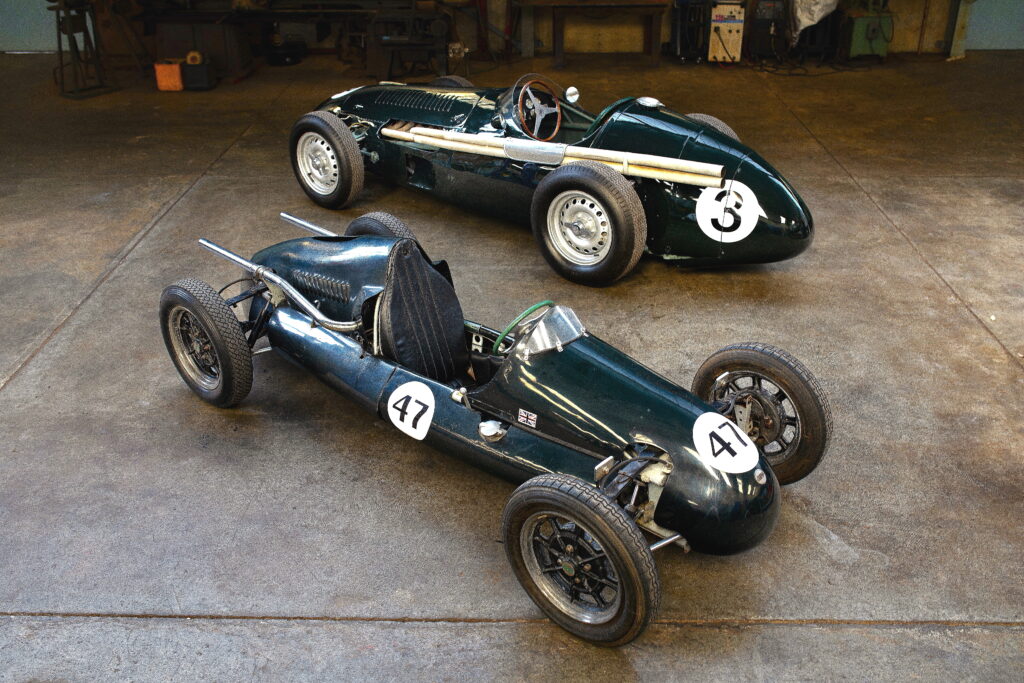
Motorman
Toyota’s first Rav4 – classic inspiration
The original Toyota RAV4 made a cautious entry into the New Zealand market three decades ago, but there was a feeling then that the best was yet to come.
Beauty is in the eye of the beholder, yet when it comes to looks, often the first incarnation of a model is the most harmonious and simply the best.
Uprated technology and improved equipment, what comes later in the form of styling retouches can merely be changed for change’s sake. For example, look no further than an original Jaguar E-Type, Datsun 240Z, Range Rover or the first-generation BMW Mini R50 hatchback.
From my time working in the motor industry, it became clear that facelifts were often the predominant reason for an owner to replace his car with a newer example. A matter of fiddling with an already clean design.
Thirty years ago, a new Toyota RAV4 was our transport for exploring the picturesque South Wairarapa Ngawi Peninsula, the southernmost tip of the North Island. In fact, we had two examples of an eye-catching compact four-wheel-drive that was just being launched.
Today, the larger fifth-generation RAV4 is a top-selling new passenger model in New Zealand, clocking sales that Toyota could hardly imagine for the first-generation example back in 1995.
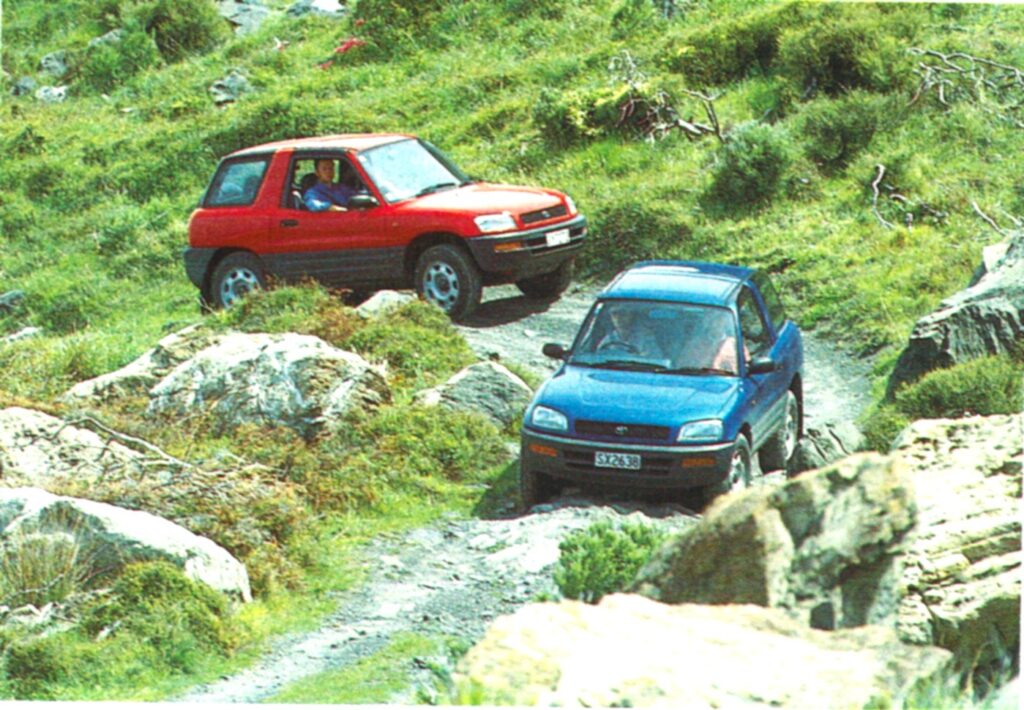
Kits and Pieces
Barry Leitch and the Leitch Super Sprint
In the deep South of the South Island, Barry Leitch is a well-known figure in automotive circles. When it comes to automobiles, there is not much that Barry has not tried.
In the ‘70s, he was a keen motorsport photographer, which led him to dreams of building a car of his design. He has already purchased a Kawasaki ZX-1100 motorcycle engine that he intends to put into a lightweight mid-engined track-only car that he has already begun to design.
His major problem was finding the time to build it. Being a mechanical engineer, he has the skills and, for his Master’s, he wrote a thesis on car design. In 2015, with the years still ticking by, he decided to purchase a homebuilt car so that he could scratch the itch until he had the time to build his own.
Having been a member of the Constructors Car Club for a couple of decades, he was pretty familiar with all the kit cars that were available in New Zealand, and being a fan of the Lotus 7, he set his sights on one of those.
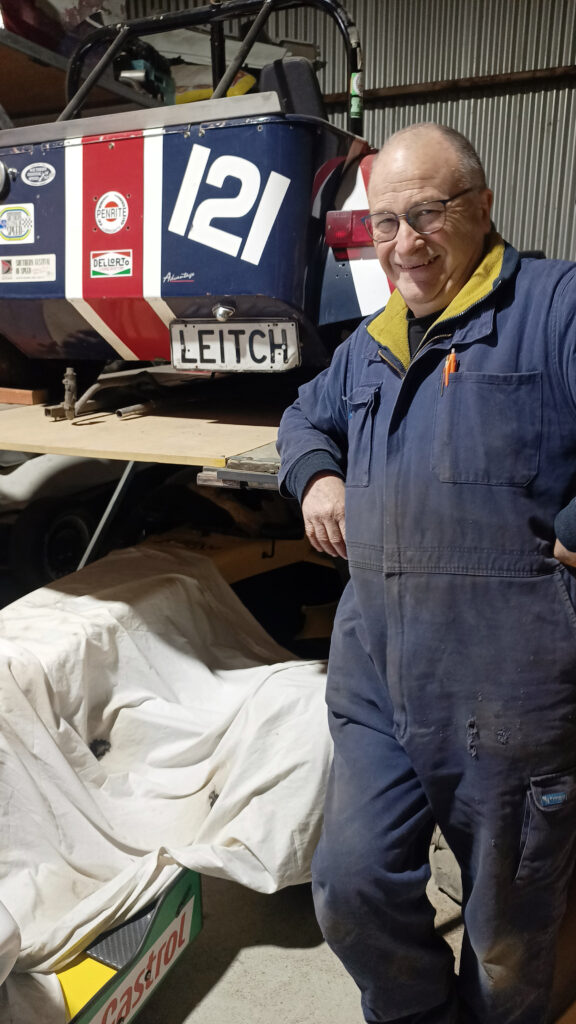
Morgan’s answer to MG – 1951 Morgan Plus Four
Morgan Plus Four, prototype with Triumph DNA
In the late 1940s, Morgan Motorworks’ best-selling car, the Morgan Four-Four, was facing stiff competition from the cheaper MG TD. Even worse, the MG was starting to beat it on the racetrack.
Under the bonnet, the Morgan’s Standard Motor Company 1267cc OHV was no longer up to the task. A solution had to be found before the Morgan marque became an also-ran.
The obvious solution was to fit a bigger engine, but which one? This task was given to Peter Morgan, the son of HFS Morgan, the company’s founder. He joined the firm as a development engineer and draughtsman in 1947 after being demobilised from the army.
Peter was instrumental in creating two prototype cars that would be used as mules to evaluate different engines. These cars looked remarkably similar to the production Morgan Four-Four and, of course, were built with the traditional Ash wood frame.
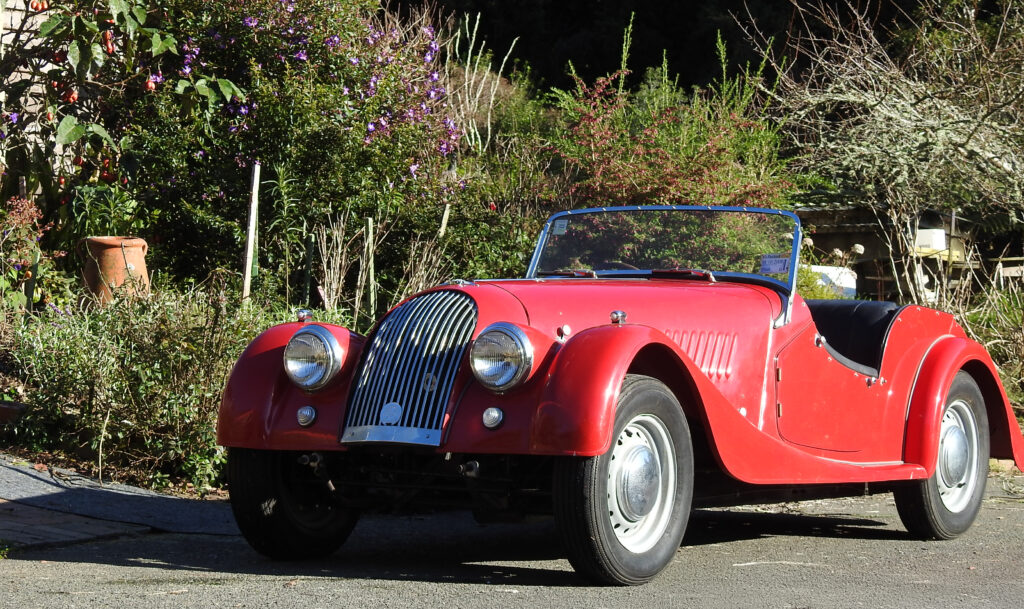
Barry Robinson tribute – Part 2
A great talent behind the wheel of a rally car, Southland’s Barry Robinson also had a keen eye for what would work best in a rally car. Long-time co-driver and team mechanic, Geoff Lange, recalls some of those great days on and off the gravel with Barry.
The Viva GT 4-speed gearbox was ordinary to say the least. After the first season, Barry bought a factory Getrag dog leg shift 1st , 1:1 top gear, 5-speed gearbox. That one item transformed that car. It was a beautiful piece of gear with perfectly spaced close ratios, and the car became an absolute joy to drive, except for the brakes.
GM Dealer Team cars had huge and heavy brakes. Barry was fixated on keeping weight down, so for the entire time he rallied that car, he insisted on using the original 1256cc Chevette solid brake rotors, tiny callipers and DS11 pads. The rears were factory 1256cc drums with VG95 linings that occasionally peeled off the shoes and refused to work when wet, and effectively, it had no handbrake.
You have to think about this a bit. Here we were driving at up to 220kph (135mph) on gravel and trying to retard our forward momentum on a set of brakes designed for a 96kph (60mph) Nana car. To a certain extent, they did kind of work for Barry, as he only ever used them to set the angle of the car, and he was more than satisfied with them, but not so much me.
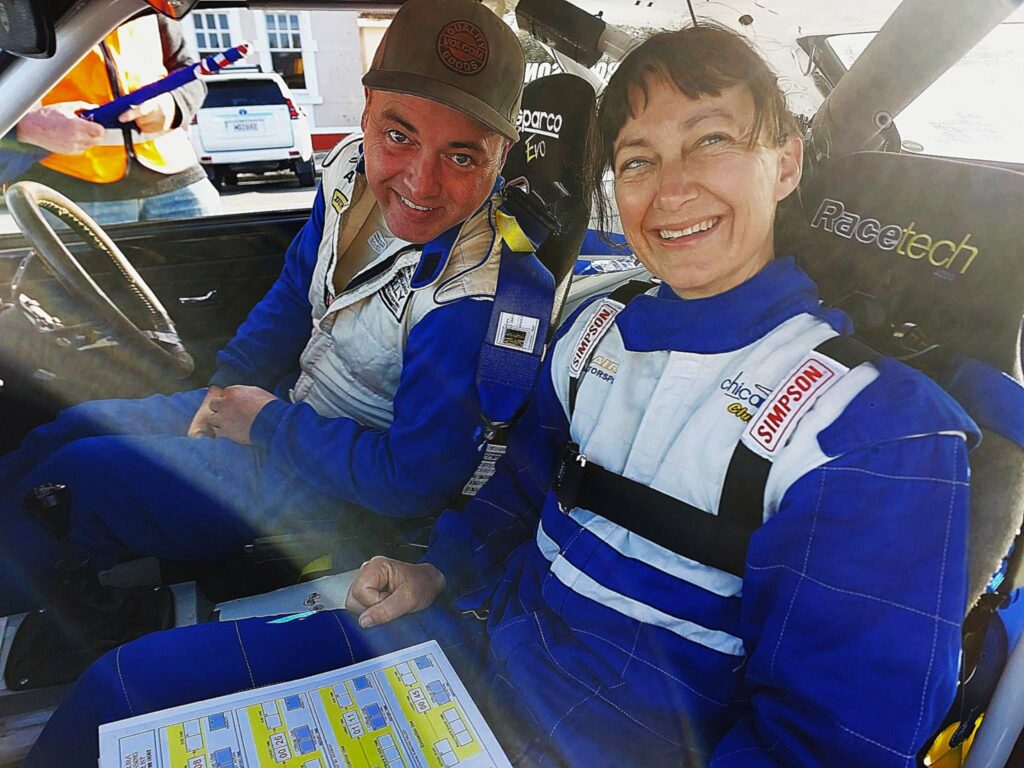
Mini masterpiece
A custom pedal car turning heads
For her first contribution to New Zealand Classic Car, Melissa recalls a special, innovative project she designed to attract youngsters to the world of fabrication and custom creations. The result? A breathtaking miniature custom.
What began as a bare fibreglass shell six years ago could easily have been another forgotten project, left to gather dust. In 2024, with Girls ‘N’ Gasoline taking off, my vision changed. This wasn’t just going to be a build. It was destined to become a show-stopping creation, a one-of-a-kind, crafted for kids to experience the thrill of custom culture at trade events.
To bring the vision to life, I turned to none other than ‘Stace the Ace’. Together, we mapped out a plan: a body drenched in flake and patterned paint. I chose black and silver—a colour I’d likely never see gleaming across a full-sized classic in my own garage.
From there, Stace took the reins. What followed was a painstaking process measured not in hours, but in meters of tape. Every line was masked, every panel layered, each stage demanding precision and patience. Custom paint of this calibre is never simple – it’s an art form. With a workshop buried in flake and days of meticulous layering, the transformation unfolded.
The result? A finish that’s nothing short of breathtaking.
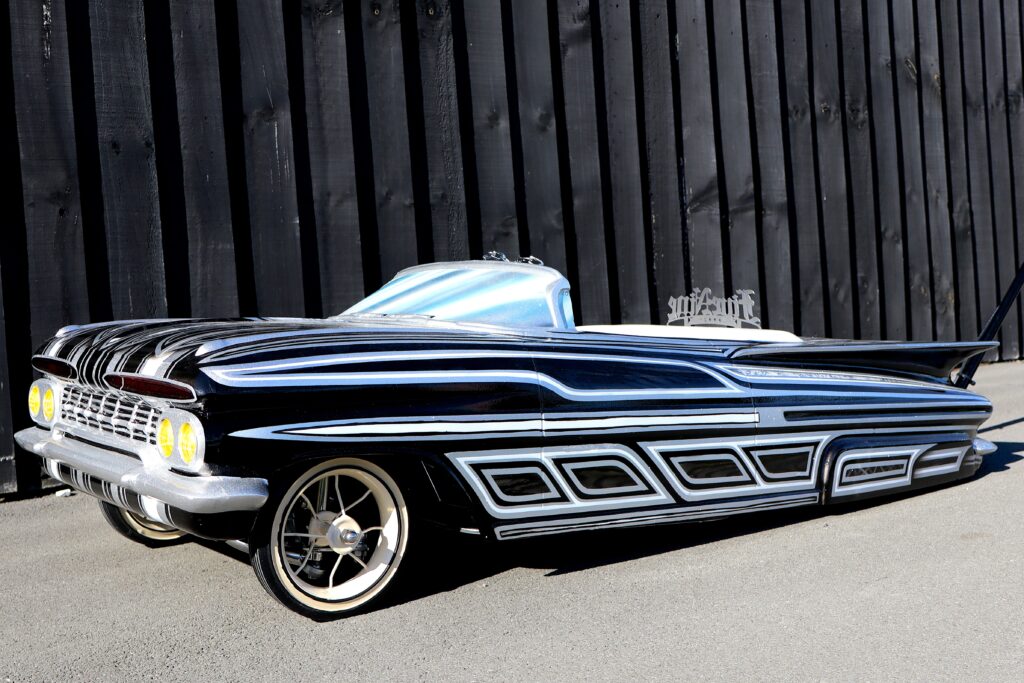
1969 Ford Mustang Mach 1 – John Wick-inspired Boss muscle
If you want to create a standout muscle car, then look no further for inspiration than some of the impressive movie stars’ cars that have exploded out of Hollywood. Our poster car from issue 401 is a prime example.
Steve McQueen encouraged our fascination with creating US movie tribute cars, with that famous chase scene around the hills of San Francisco in the 1968 movie, ‘Bullitt’.
Using a modified 1968 Ford Mustang 390 Fastback, versus the bad guy in the ’68 Dodge Charger for the stunt scenes, with an identical-looking Mustang for closeups.
It seems rivalry for star roles was as intense in the movies as it was in the marketplace, with Mustangs starring again in the ’74 movie ‘Gone in 60 Seconds’ with Nicholas Cage and the role going to a ’71 Ford Mustang Fastback. A ’67 Shelby GT500 starred in the 2000 remake.
The movies introduced us to Keanu Reeves as John Wick in 2014, along with a striking Ford Mustang Boss 429 or was it?
Peter and Sonya Jackson’s 1969 Ford Mustang Mach 1 has recently undergone a John Wick transformation with John Galvin’s team at The Surgery in Wellington. The change in character has been breathtaking. Peter explains how the transformation came about.
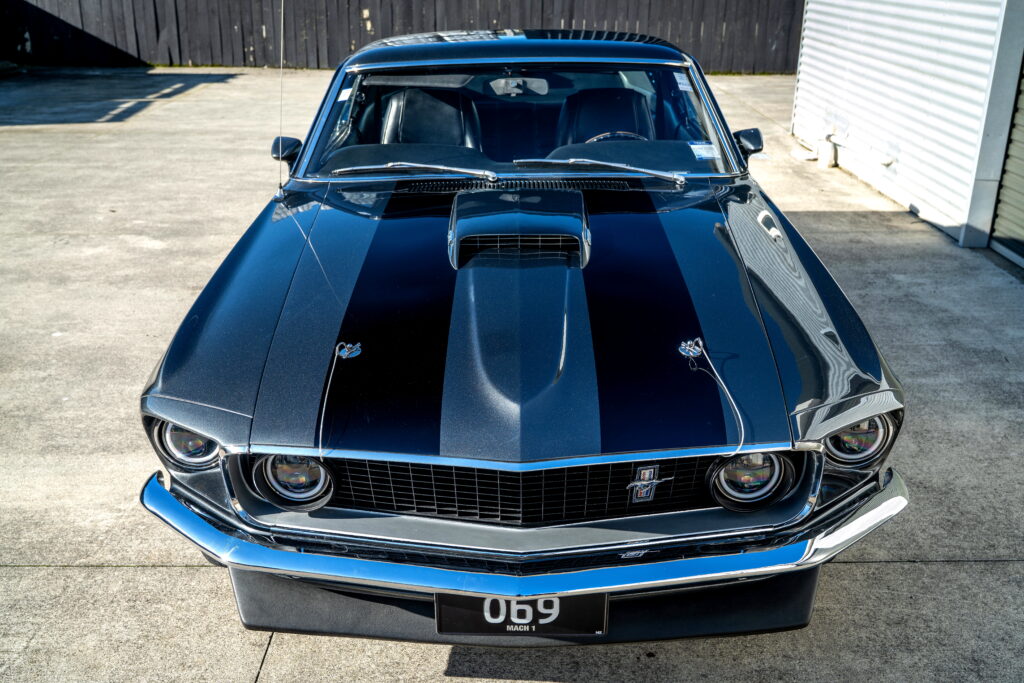
Memories – a JAFFA’s journeys on The Mainland
Growing up in Auckland in the 1960s and ’70s, the ‘Mainland’ South Island took on a mystical image of a separate country. Gerard recounts his adventures facing the challenging topography of the South, but also the mechanical prowess, or lack thereof, of his available transport back in the day.
The barrier of the Cook Strait seemed insurmountable during my childhood/adolescent years. Apart from a one-day flying visit to Nelson in 1974, on a training experience for the Government Tourist Bureau, of which I was briefly an employee, I’d never set foot in the big country. Actually, this isn’t entirely true. In 1979, my brother, a cousin, a friend of his and I made a heart-stopping flight in a Cessna, a six-seater light plane, from Auckland to Te Anau and back, to do an 8-day walk in a remote part of Fiordland. The madness of this flight and gruelling high-country expedition still haunts me to this day, but that’s a tale for another time.
All this was about to change. It wasn’t until 1981, when I was 26, that my partner of the time and I decided to embark on an ambitious scheme to undertake the full tour.
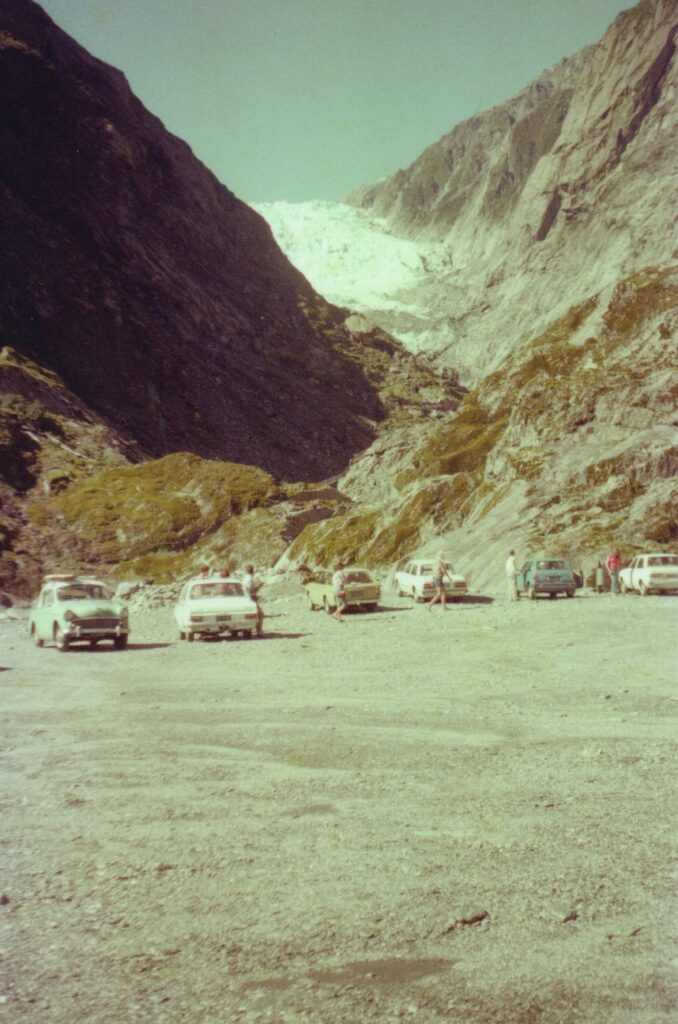
Profile of a champion – Mike Eady
Few people in the New Zealand motorsport community can say their grassroots beginnings led to an international career.
Mike Eady followed his passion for motor racing across the globe, from cementing his name in the Nürburgring Hall of Fame to touring the world as a BMW International driver trainer. Eady’s story is as rich as that of his acclaimed 1995 BMW 320i, which is currently raced among the Heritage Touring Cars during the New Zealand motorsport season.
The Eady name is more synonymous with classical music than it is with classic cars; however, after four generations, Mike decided to change his tune rather than follow the family business.
“I wanted to be a racing driver, so I was like the black sheep.” From the age of 15, he was borrowing his dad’s car and driving himself to the kart track, relying on assistance from other competitors to show him the ropes.
Equipped with a shoestring budget and a dream, Eady set out to secure sponsorship to make it possible. At 19, Eady was inspired by a magazine advert to move overseas and compete at the Winfield Racing School for a chance to win a paid drive in the Formula 3000.
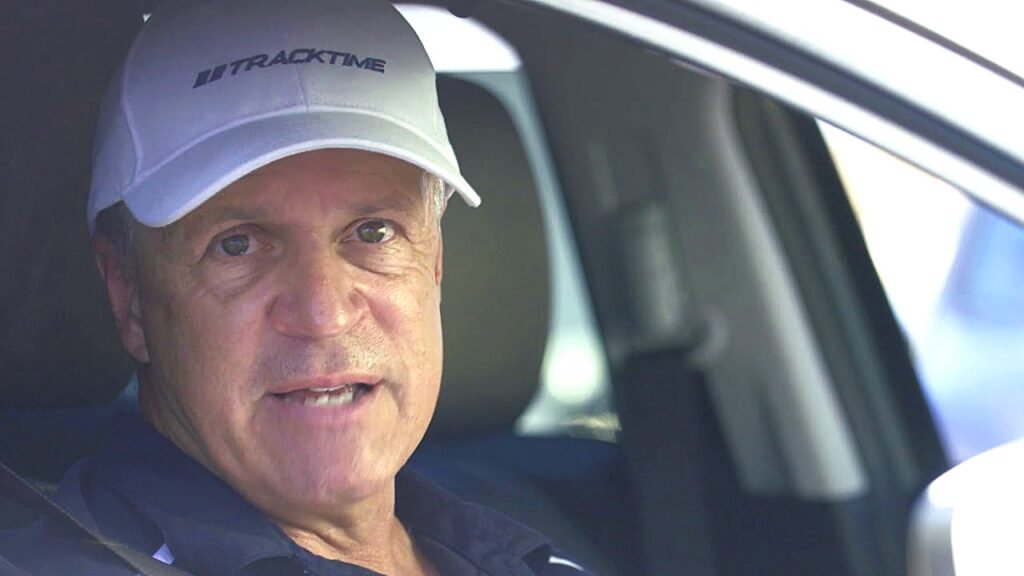
Southern Classic Motorsport
All Adrian Robertson wanted was a classic A40 racing car
The past season has produced many classic racing cars, some ‘new’ and some that have been languishing in storage for years.
Adrian Robertson was destined to be involved in motorsport sooner or later. From the age of six, he attended annual premier motorsport events at Teretonga Park with his family in the mid-sixties. When Adrian saw the first ‘bread van’ Ford Anglia, and Austin A40 Farinas chasing after the Mustangs and Minis, he was hooked.
Fast-forward to Adrian’s age of about 18, when the original ‘Fordina’ body shell was for sale in his hometown. Sitting on the garage floor, the completely bare body shell sat looking very unloved; even the trademark nose cone was missing.
It was a mission well beyond Adrian’s resources. To remain involved in the sport, Adrian volunteered at Teretonga as a first responder and later with track car recovery.
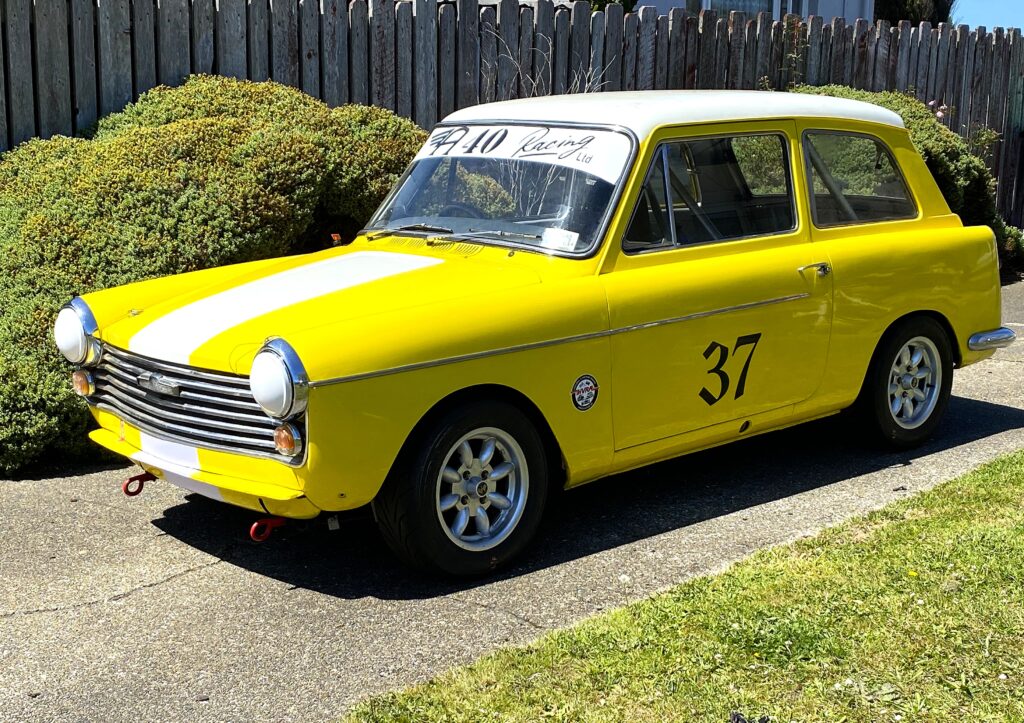
Market Report
1982-1992-third-generation Chevrolet Camaro
It’s hard to think of the good old American muscle car and not think of the Camaro.
What began as the bow tie emblem of Chevrolet’s answer to the Mustang in 1967 has become one of GM’s most celebrated and coveted cars, with each generation having its share of fans.
One generation of Camaro undergoing something of a renaissance in recent years is the third-generation cars built from 1982 to 1992. Despite being criticised in the past for being a tad down on power and lacking some of the stylistic appeal of the earlier cars, this hero car of the 1980s still has a ton of presence, which is improving with age.
Ask the members of ‘Team Third-Generation Camaros and Firebirds of New Zealand’ and see why the third generation deserves its place among the pantheon of iconic muscle cars.
“It’s a great continuation of the whole Camaro concept,” says founding member Steve Kirton.
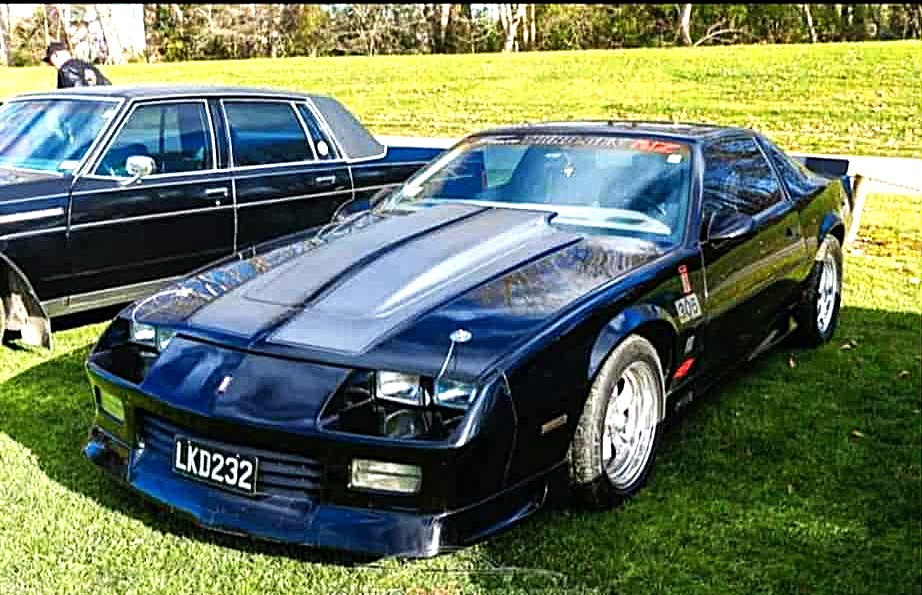
1965 Austin Mini, PDL Replica (Part 1)
Honouring the past
In the 1960s, motor racing in New Zealand saw the rise of the highly entertaining Mini-Coopers. The distinctive red PDL Minis foreshadowed even greater achievements for the popular racing team and made a lasting impact on the local motor racing scene.
PDL was once a household name, an electrical products company founded in Christchurch in 1937. It became synonymous with New Zealand motorsport due to its sponsorship of numerous race cars over the years. The most well-known are the two iconic Mustangs run by PDL Racing, but well before these, there were two Mini Coopers raced by Robertson Stewart and Clyde Collins.
Robert initially purchased the well-known Minisprint from Frank Hamlin to race in the New Zealand Saloon Car Championship. A change to FIA Group 5 regulations following the 1967 season meant that the Minisprint was no longer eligible, and a replacement production-based car had to be sourced.
A standard Mini was purchased, and work began on turning it into the new racer. The shell was fully seam-welded by Robert, and a roll cage was added – a feature that was relatively uncommon in that period. The tubes were brought through to the suspension area of the shell, resulting in a very stiff car.
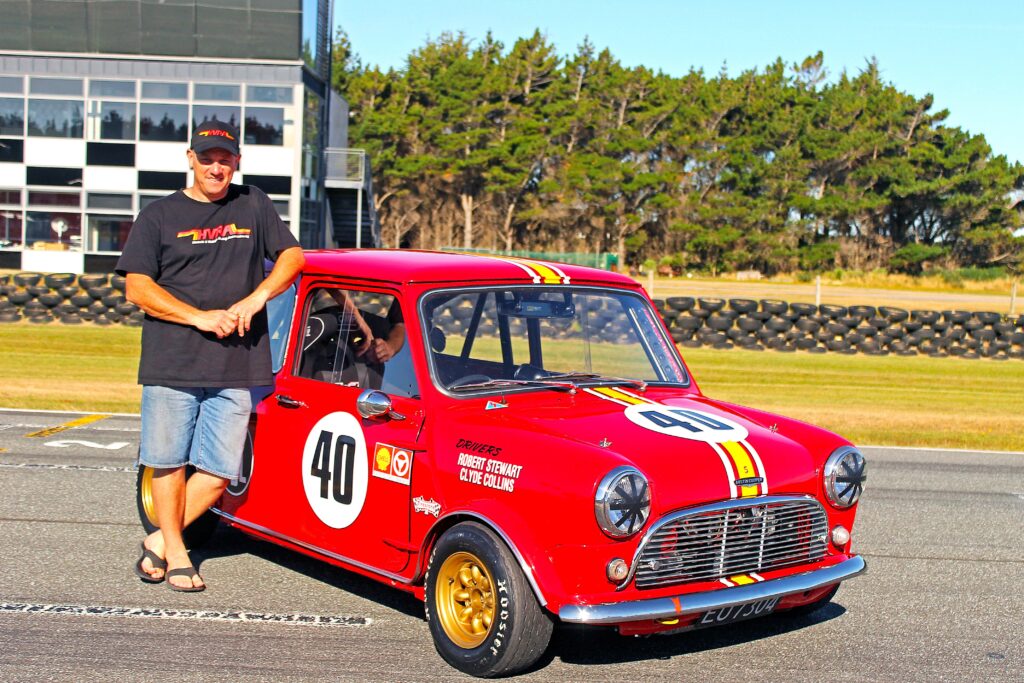
Shelf Classics – Chris Amon in scale
Chris Amon was the diamond in Ferrari’s F1 crown in the late 1960s. With the recent unveiling of a statue in Bulls, commemorating the celebrated Kiwi driver, modeller, Tony Lyne, has created some miniature tributes to our local hero.
Unfortunately, Chris Amon’s subjects aren’t as wide and varied as we would like, but Tony Lyne has made it his mission to obtain and build as many Amon examples as he can get his hands on. Tony’s subjects are as wide and varied as the career Chris forged on the world stage.
His largest build is a Ferrari 312P from the 1969 Le Mans event, complete in its striking Ferrari red and wheels that are works of art all on their own. (Tom Holfedder brought the real thing to the Southern Classics some years ago. Its shattering speed and sound down Teretonga’s main straight was an unforgettable experience-Ed)
This stunning 1:12 scale example, unfortunately, wasn’t as lucky as it was beautiful, as on the first lap of Le Mans, it tangled with John Woolfe’s Porsche, which led to a very early retirement for Chris Amon and Peter Schetty.
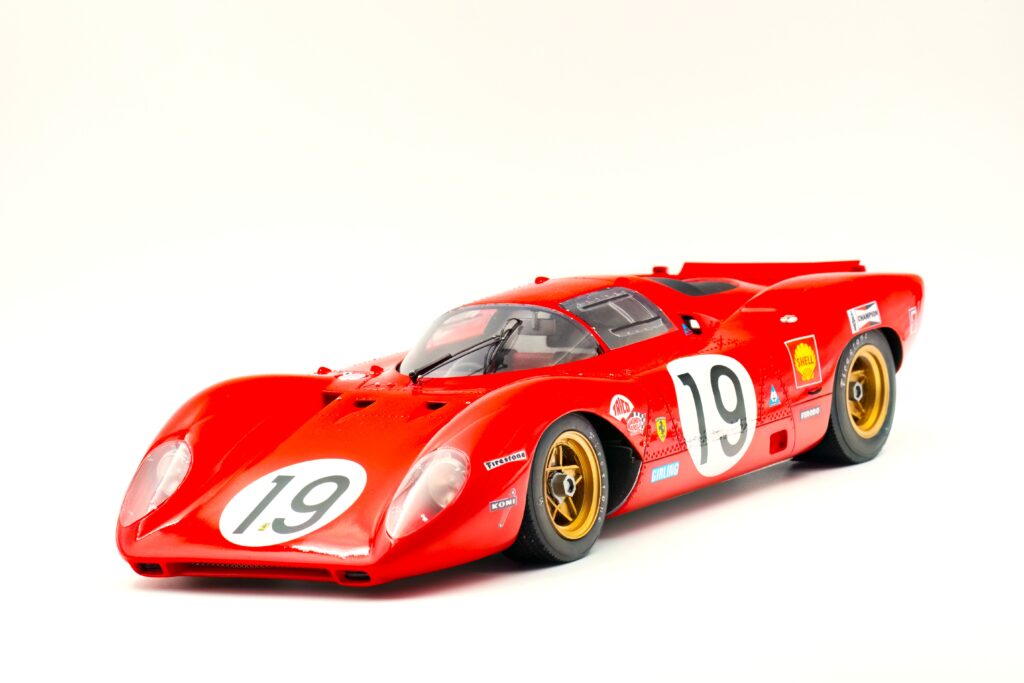
Classic Car news
Daffodil Day Rally, Goodwood Revival, Dunedin Autospectacular, Kaikoura Hop, Thunder Ridge Racetrack, Historic Muscle Cars and more…
